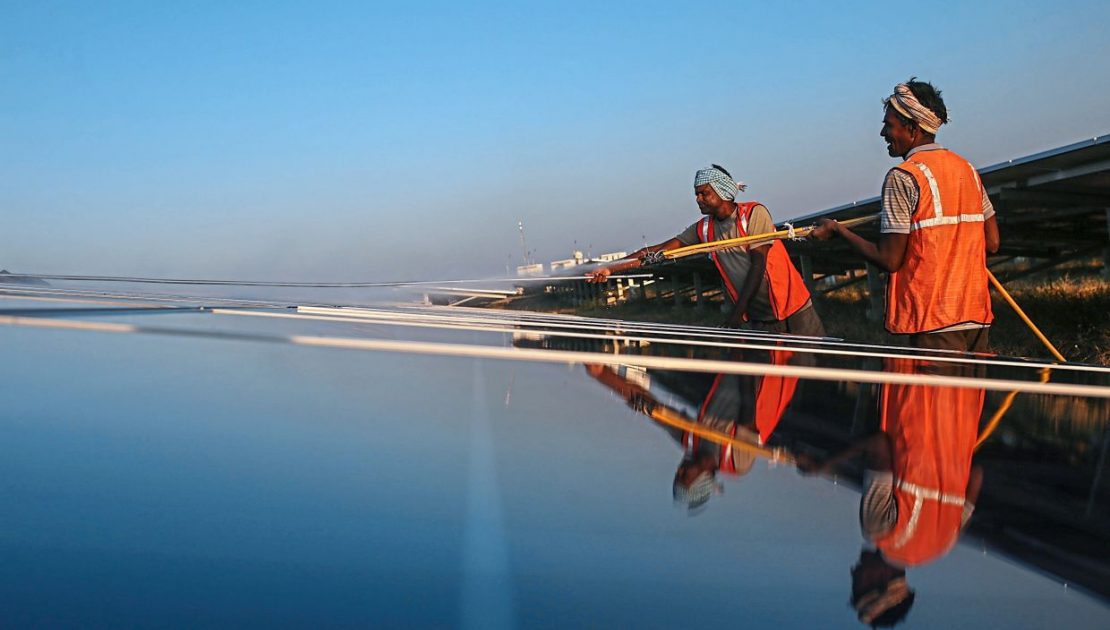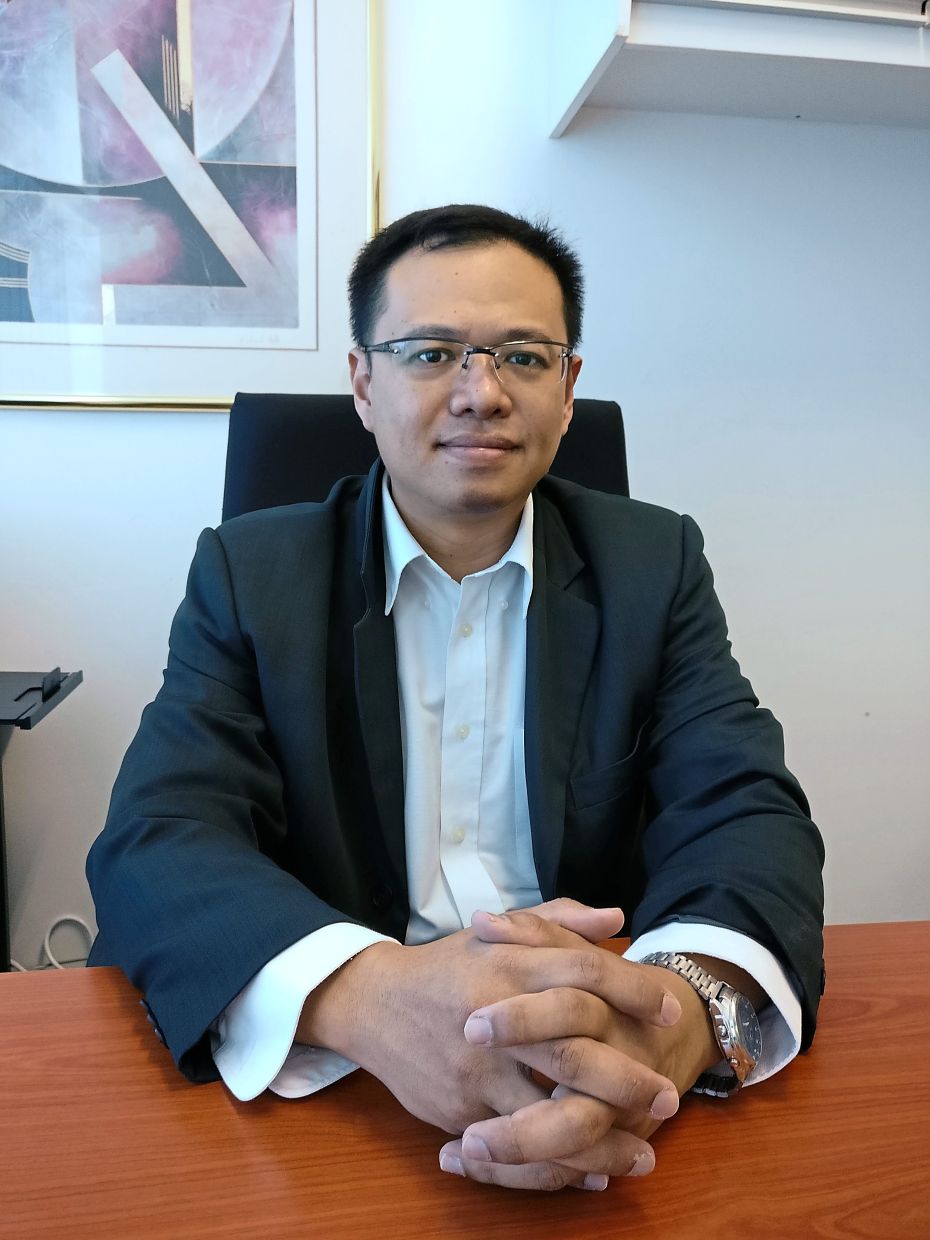The Malaysian solar energy market is expected to register a compounded annual growth rate of more than 9% during the forecast period of 2022 to 2027.
During the second and third quarters of 2020, solar PV installations were affected following the Covid-19 pandemic due to movement restrictions, supply chain disruptions as well as solar PV production and project implementation delays.
The industry has since resumed with the Energy Commission’s announcement of shortlisted bidders for proposals for one gigawatt of solar projects in the fourth round of its large-scale solar programme in March last year.
These projects are expected to start operations by Dec 31, 2023.
Loo says the market is still big enough for everyone.
He adds that the public and companies should take advantage of the present situation especially when prices of solar PV are now more affordable than they were a decade ago as a result of new technology and economies of scale.
“The cost to install a PV system used to be three times more but it has reduced sharply by 70% to 80%.”
Based on government data, over four million buildings have the potential to be installed with solar PV systems to harvest free and renewable energy.
However, only about 12,000 of these, or less than 1%, have done so.
In Australia, a country with a smaller population than Malaysia, over two million buildings were equipped with solar PV systems.
“The usage of solar PV on commercial or industrial buildings is not only a response to climate change but can also help to improve cash flow from energy bill savings.
“Some multinational companies have leveraged the ‘green label’ to create a corporate image and greater awareness as well as a price premium for their products and services,” says Loo.With his background as an electrical engineer, Loo says he first started out working for an international consulting firm before quitting and venturing into the solar PV business full time.
He shares that the company’s name is meant to let their clients know how to leverage their expertise to move forward in the competitive business world.
“Back in 2007, there was an energy crisis with rising global petrol prices, which shot up to US$120 (RM506) per barrel.
“As an engineer who likes to solve problems, I decided to look for alternatives with new energy sources and technology.
“Coincidentally, a Chinese friend of mine from Anhui province invited me over to visit his factory. The PV industry was already booming there with China opening up its business sectors,” he recalls.
Loo says he then started marketing his company under the brand name SimpliSolar – a straightforward solar energy company – with his wife in 2009.
The market was still slow and quiet back then as the cost of PV systems were very high and not attractive.
In 2011, the opportunity finally came to grow his business when the government announced the feed-in-tariff, a policy designed to support the development of renewable energy sources by providing a guaranteed, above-market price for producers.
Loo says the firm then expanded from operations at his home office to a rented shop office in Subang Jaya with 12 employees.
Today, he operates two office lots in Subang Jaya and one in Shah Alam to cater to clients from all over the country including some completed projects and jobs for residential and commercial lots in Kulim, Butterworth, Ipoh, Klang, Shah Alam, Nilai, Seremban, Jasin, Kuantan and Johor.
“We are looking into expansion plans for the next three years with new offices in Penang, Melaka and Johor.
“A sum of RM35mil will be set aside as investments to own, build and operate more solar assets.
“Our motto is ‘Power to Green’ by empowering our customers to reduce power consumption through green technology.”
Loo says he is optimistic about the business as they had received many enquiries during the lockdown period following an increase in electricity usage charges as many were working from home.
But with movements restricted, they carried out virtual visits of commercial premises and provided consultation for those who were keen to install PV systems.
On how the government can assist small and medium enterprises and industry players within the industry, Loo proposes for tax exemptions to be given for purchases of PV systems for residential properties.
For business entities, he suggests for Green Investment Tax Allowance under the Malaysian Investment Development Authority to be extended beyond 2023.
“We also welcome collaborations in terms of sales and marketing of solar assets.”
Last October, Prime Minister Datuk Seri Ismail Sabri Yaakob said Malaysia hopes to reduce the intensity of greenhouse gas (GHG) emission across the economy by 45% based on the gross domestic product in 2030 as well as net-zero GHG emissions as early as 2050.
The reduction of intensity was made unconditionally and it is 10% higher than the earlier target.
The green technology agenda is a national priority and contained in the third theme of the 12MP to spur sustainability.
source


